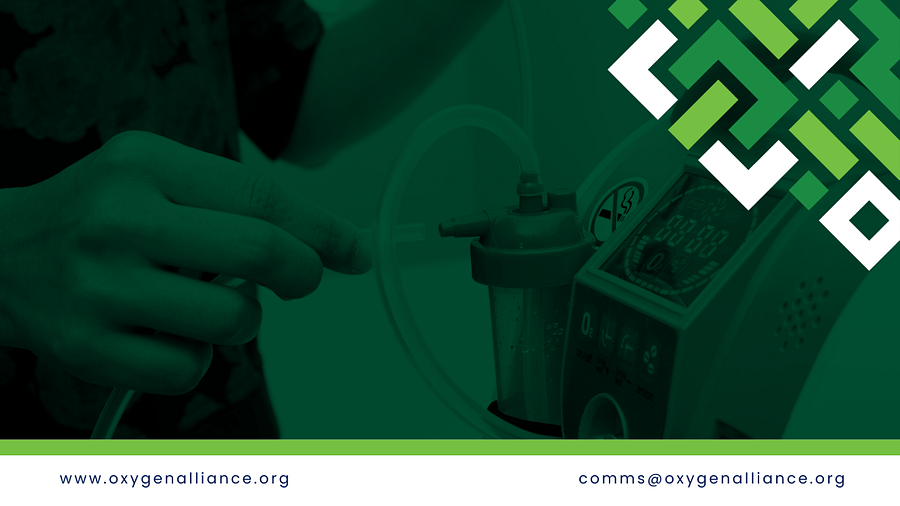Chronic kidney disease (CKD) is a silent epidemic, affecting an estimated 850 million people worldwide. The vast majority, nearly 80%, live in low- and middle-income countries (LMICs), where access to life-saving treatment like dialysis is tragically limited. Annually, over one million people die for lack of access to dialysis. The cost is a major barrier; a single year of hemodialysis can cost over $30,000 per patient, a figure that is often more than 20 times the average GDP in many sub-Saharan African nations. Beyond the staggering cost of treatment lies another critical challenge: the management and maintenance of the dialysis machines themselves. A broken machine is as fatal as an unaffordable treatment. Our recent webinar, “Management and Technical Repairs of Dialysis Machines,” explored how strategic equipment management can make this life-saving therapy more sustainable and accessible.
A dialysis machine is a marvel of engineering. It is a complex system of electronics, hydraulics, and blood circuits that performs the life-sustaining function of a kidney. This complexity is also its vulnerability, especially in low-resource settings. As our expert speaker, Engineer A.J. Joel, explained, a host of issues can bring a machine to a halt, from a clogged valve in the hydraulic system to a malfunctioning sensor in the blood circuit.
The challenge begins with procurement. Too often, hospitals in LMICs are locked into “closed systems.” These machines require proprietary consumables and spare parts that are expensive and difficult to source. When a single component fails and a replacement isn’t available, the entire machine, a vital piece of capital equipment, can be rendered useless.
The path to sustainable dialysis services in LMICs requires maximizing the uptime of existing machines. Our webinar outlined a powerful, three-pillar strategy:
- Smarter Procurement: The selection process must be guided by a multidisciplinary team and prioritize long-term sustainability. Key questions must be asked: Are consumables and spare parts readily and affordably available? Is the software upgradeable? Is the machine user-friendly for both nurses and technicians?
- Empowering End-Users: Many common alarms and complications are operational and can be resolved by well-trained nursing staff. Developing and implementing clear Standard Operating Procedures (SOPs) for daily checks can drastically reduce breakdowns and extend the life of the machine. These checks include verifying power supply, cleaning spills, and running disinfection cycles.
- Systematic Preventive Maintenance: A robust Planned Preventive Maintenance (PPM) schedule is non-negotiable. This involves regular calibration of critical parameters like conductivity and pressure, inspection of clamps and sensors, and timely replacement of worn parts. This proactive approach is infinitely more cost-effective than reactive, emergency repairs.
From Crisis to Care
The global health community must confront the stark reality of the dialysis crisis. As we advocate for increased funding and more equitable access, we must also invest in the systems that ensure these resources are used effectively. By championing smart procurement, empowering local healthcare workers through training, and implementing rigorous maintenance protocols, we can turn a story of crisis into one of sustainable care. A functional, well-managed dialysis machine is not a piece of technology; it is a beacon of hope for millions of patients and their families.
To take a deeper look into the technical management of dialysis machines, watch the full webinar here:








